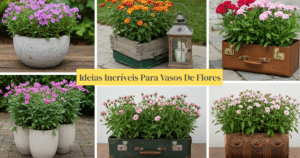Pollinator decline is a serious concern, but what if your garden could be part of the solution? If you’re looking for pollinator-friendly gardening ideas, you’re not alone. Many home gardeners want to attract bees, butterflies, and birds but aren’t sure where to start or what truly makes a difference.
The good news is that creating a pollinator paradise doesn’t require ample space or fancy equipment. You need the right plants, clever placement, and a few easy-to-add features that support pollinators all year round.
This post is packed with helpful, product-friendly suggestions to help you transform your garden into a thriving pollinator haven. Whether you have a tiny balcony or a lush backyard, these strategies will help you support biodiversity while adding beauty and purpose to your space.
From native plant selections to bee hotels, these pollinator-friendly gardening ideas are designed to fit your lifestyle and give your garden a charming, buzzing life of its own. Let’s dig in and explore how your outdoor space can make a significant impact, starting today.
Pollinator-Friendly Gardening Ideas That Begin with Wildflowers
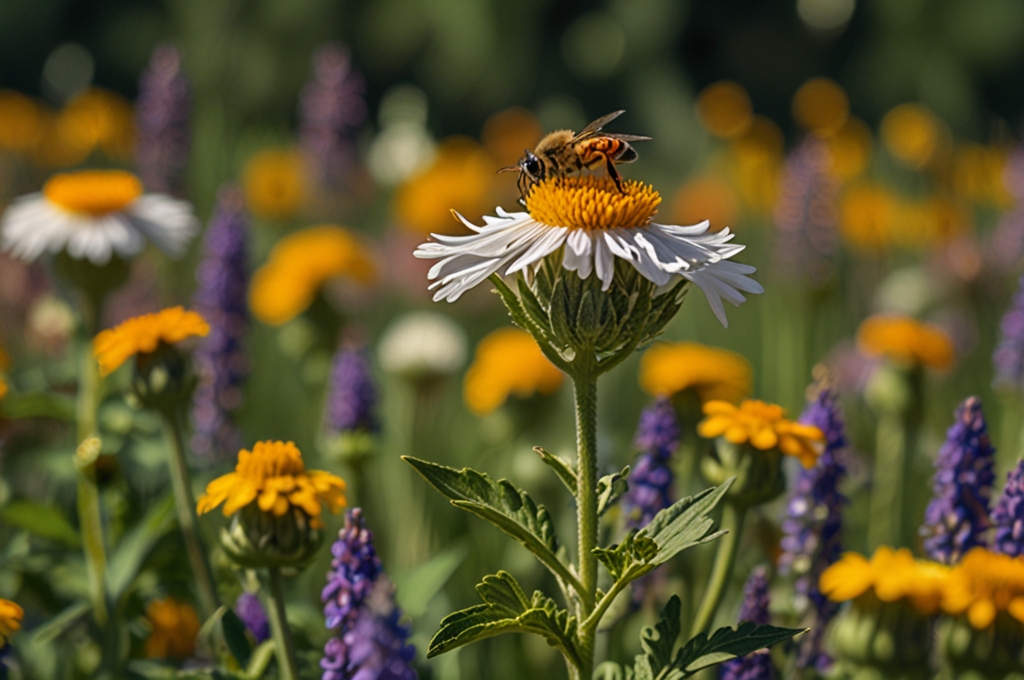
One of the easiest pollinator-friendly gardening ideas is to grow wildflowers that bloom across seasons. They attract a wide variety of insects and are low-maintenance.
Use seed mixes designed for your region and choose varieties that support bees, butterflies, and even hummingbirds. Native options are especially effective.
You can sow these seeds directly into garden beds or use wildflower seed mats for even distribution. These are perfect for both beginners and experienced gardeners.
Keep your wildflower patch sunny and free from chemical sprays. Within weeks, you’ll see blooms and buzzing activity that lasts all summer.
Simple Pollinator-Friendly Gardening Ideas with Bee Hotels
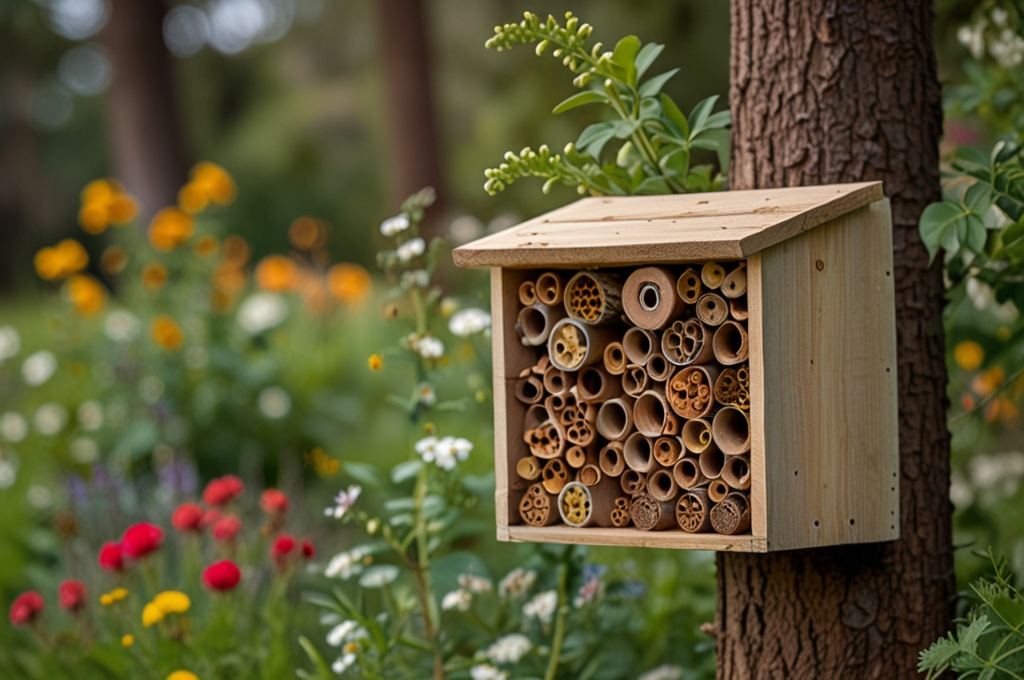
Consider installing bee hotels if you’re looking for pollinator-friendly gardening ideas beyond flowers. These charming structures provide nesting spaces for solitary bees.
Solitary bees like mason or leafcutter don’t live in hives and often struggle to find safe spaces. A bee hotel fixes that problem.
You can buy ready-made wooden hotels or build your own using bamboo, logs, and recycled materials. Choose a stylish one to add charm to your garden.
Please place it in a sunny, sheltered area near flowering plants to give your garden the buzz it deserves.
Pollinator-Friendly Gardening Ideas Using Tiered Herb Planters
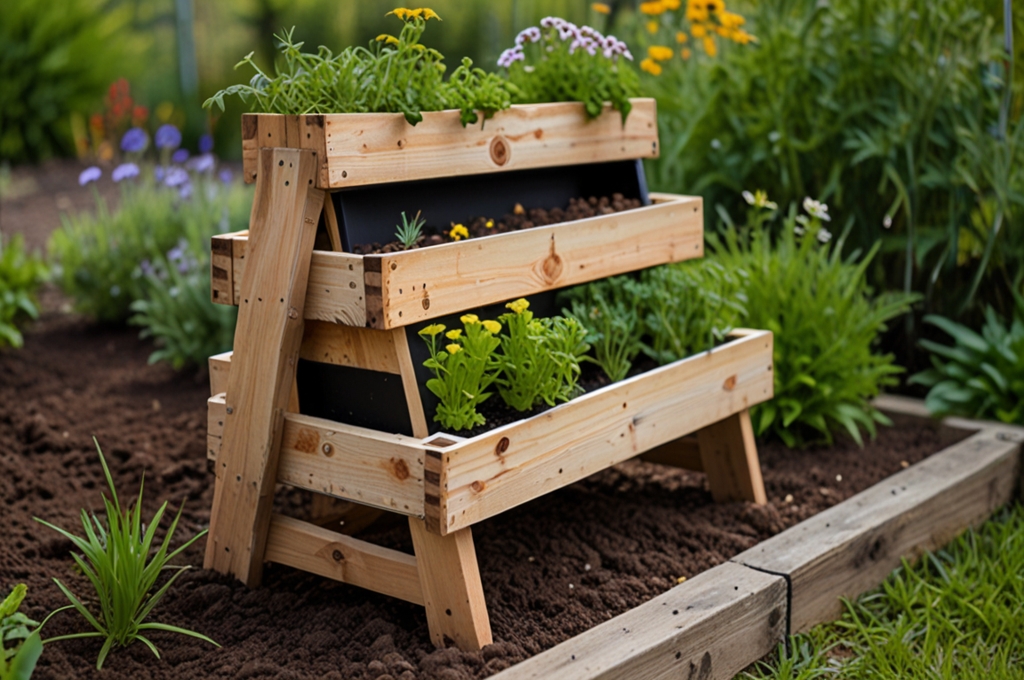
One of the most practical pollinator-friendly gardening ideas is growing herbs in vertical or tiered planters. This saves space while feeding both you and pollinators.
Herbs like thyme, oregano, lavender, and mint are nectar-rich and highly attractive to bees and butterflies. They also add fragrance to your space.
Tiered planters work perfectly on balconies, patios, or tight corners. Look for stackable or modular designs for easy watering and maintenance.
With the right planter, you’ll combine vertical beauty, pollinator support, and a convenient supply of herbs for your kitchen.
Bright Pollinator-Friendly Gardening Ideas with Annual Containers
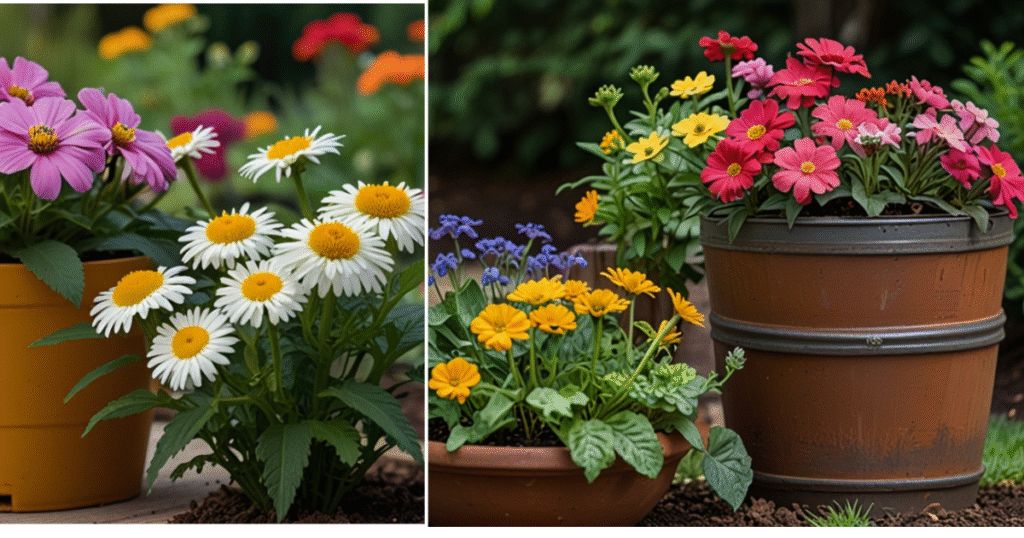
When you’re short on space, container gardening is one of the smartest pollinator-friendly gardening ideas. Annual flowers like zinnias, cosmos, and salvia are top picks.
These flowers provide bright colors and are filled with nectar, drawing in bees and butterflies all season long.
Place vibrant pots, plant stands, or window boxes near entryways or patios. You’ll enjoy both beauty and pollinator visits up close.
Add plant labels and solar lights to highlight your mini nectar garden and keep it glowing after sunset.
Pollinator-Friendly Gardening Ideas with Water Features
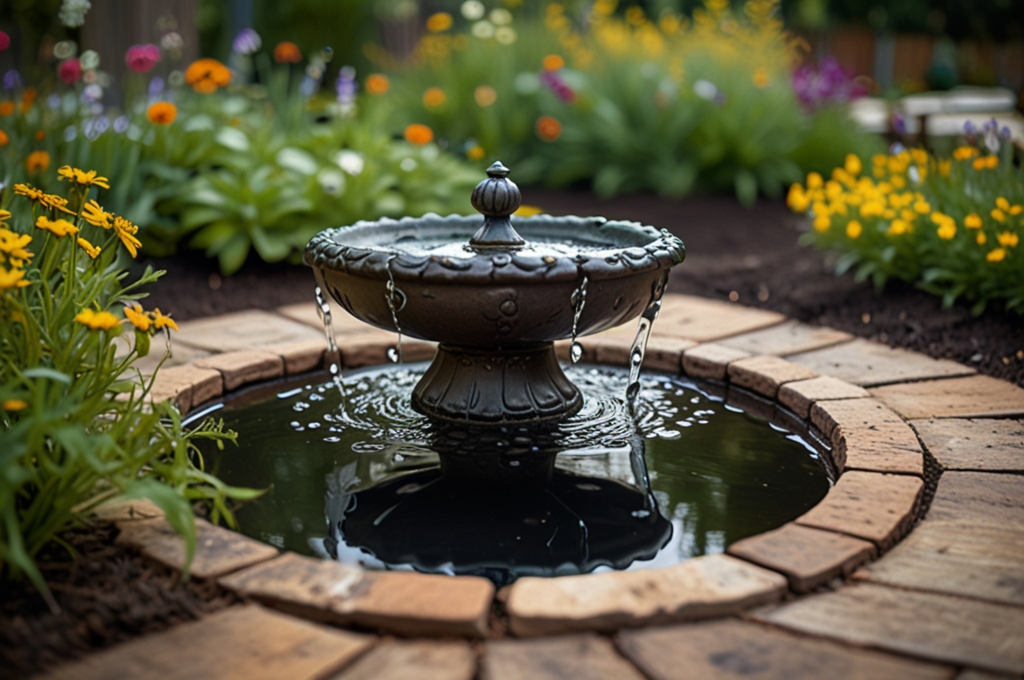
Another often-overlooked pollinator-friendly gardening idea is to offer a clean water source. Bees and butterflies need hydration, just like any other creature.
A shallow birdbath, a DIY pebble dish, or a solar-powered fountain works perfectly. These offer safe drinking and cooling spaces for pollinators.
Make sure your water source isn’t too deep. Use pebbles or marbles so pollinators can land safely.
Refresh the water every few days to keep it clean. You’ll soon notice a regular group of tiny visitors.
Native Shrubs as Pollinator-Friendly Gardening Ideas
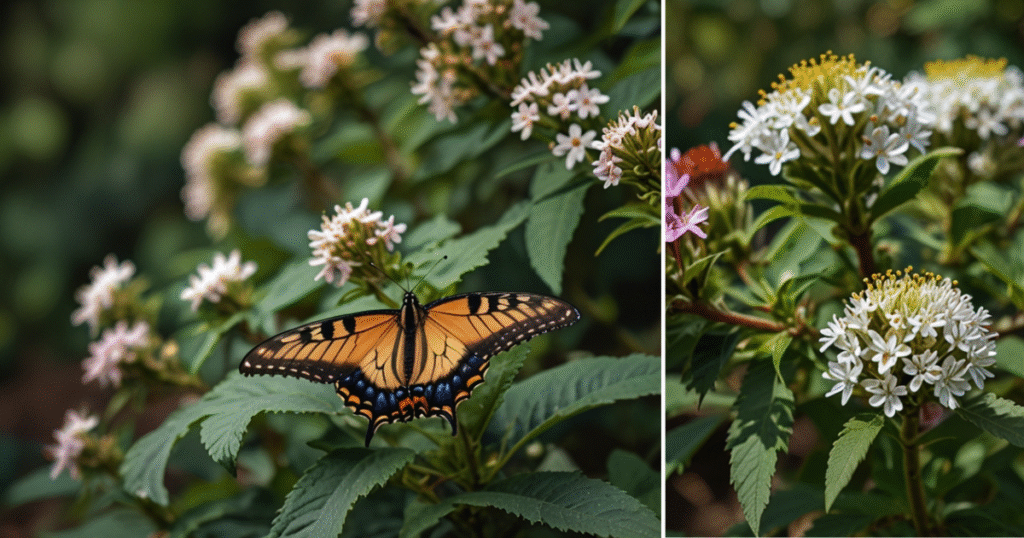
Looking for a long-lasting impact? One of the best pollinator-friendly gardening ideas is planting native flowering shrubs that offer seasonal blooms and shelter.
Shrubs like butterfly bush, elderberry, and hydrangea support different pollinators at different times of the year.
They also add structure and color to your landscape and can be used as borders or privacy screens.
Once established, most shrubs require little care and can thrive without chemicals—making them perfect for eco-conscious gardening.
Fruit Feeding Dishes as Unique Pollinator-Friendly Gardening Ideas
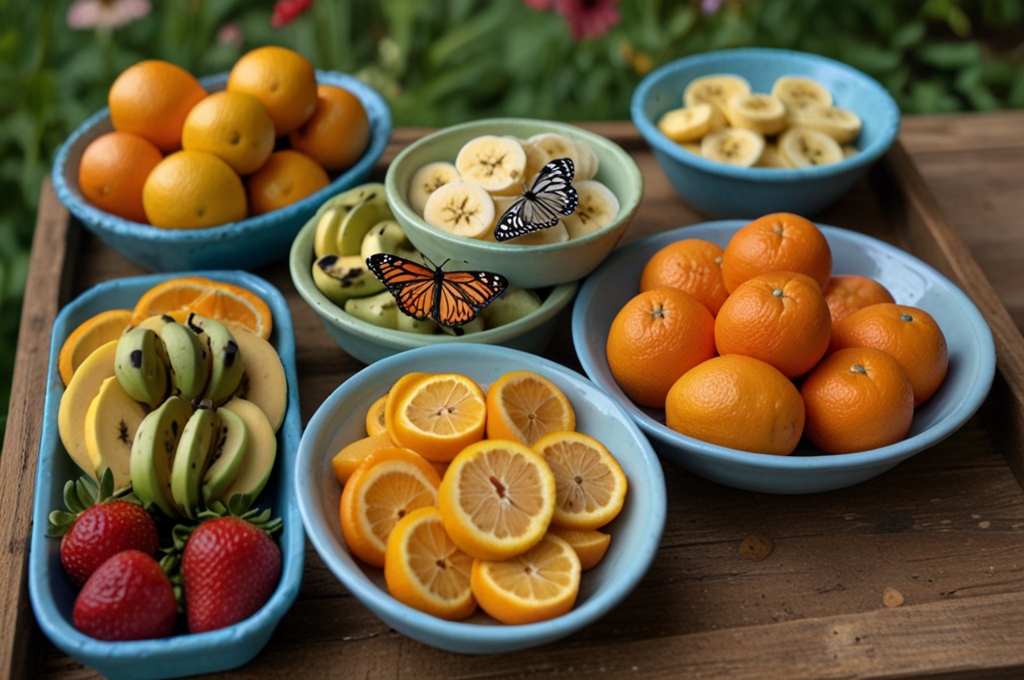
Want to try something different? Feeding stations with ripe fruit are unique pollinator-friendly gardening ideas that butterflies adore.
Use shallow trays or ceramic dishes filled with sliced bananas, oranges, or melons. When flowers are scarce, this attracts butterflies.
Elevate them with stands to keep ants and pests away. You can even use hanging fruit feeders for visual interest.
Replace the fruit regularly to keep things fresh and safe for your winged guests.
Pollinator-Friendly Gardening Ideas Using Ground Covers
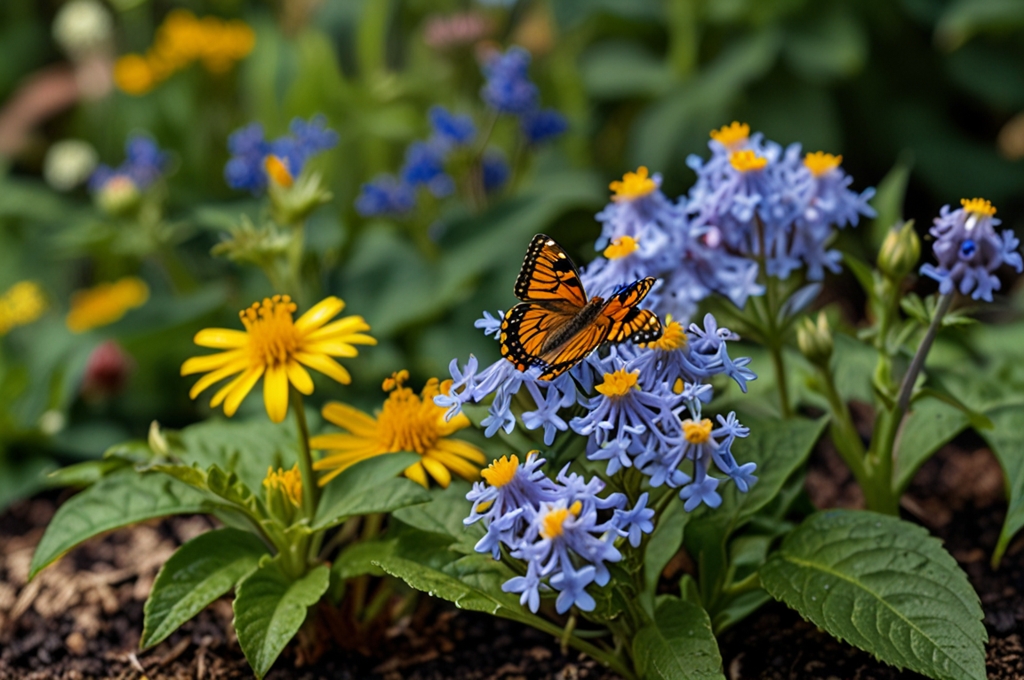
Low-growing flowering ground covers are often forgotten, but they’re one of the most reliable pollinator-friendly gardening ideas for any space.
Plants like creeping thyme, clover, and ajuga offer nectar while filling bare spots and preventing weeds.
They’re drought-tolerant and thrive in poor soil, making them ideal for low-maintenance garden lovers.
Choose varieties that bloom throughout the season to maximize their pollinator appeal.
Vertical Blooms Make Great Pollinator-Friendly Gardening Ideas

For those with limited space, vertical gardening is one of the most brilliant pollinator-friendly ideas. Climbing flowers draw in pollinators while saving room.
Grow plants like clematis, morning glory, or honeysuckle on trellises, fences, or arched frames for height and drama.
These climbers provide both nectar and shelter. They pair with seating areas, patios, or garden walkways perfectly.
Use organic soil and regular watering to keep your vertical garden lush and vibrant.
Create a Pollinator Path with Plant-Lined Walkways

Designing a garden path with flowering borders is one of the most enchanting pollinator-friendly gardening ideas. It attracts insects and guides garden visitors.
Line your pathway with low-growing blooms like alyssum, calendula, or lavender. These serve as feeding spots and add visual appeal.
Use decorative stepping stones, mulch, or bricks to create an inviting walkway that fits your garden’s theme.
Add solar lights or whimsical decor to make your pollinator path stand out day and night.
Seasonal Plant Rotations for Consistent Pollinator Friendly Gardening
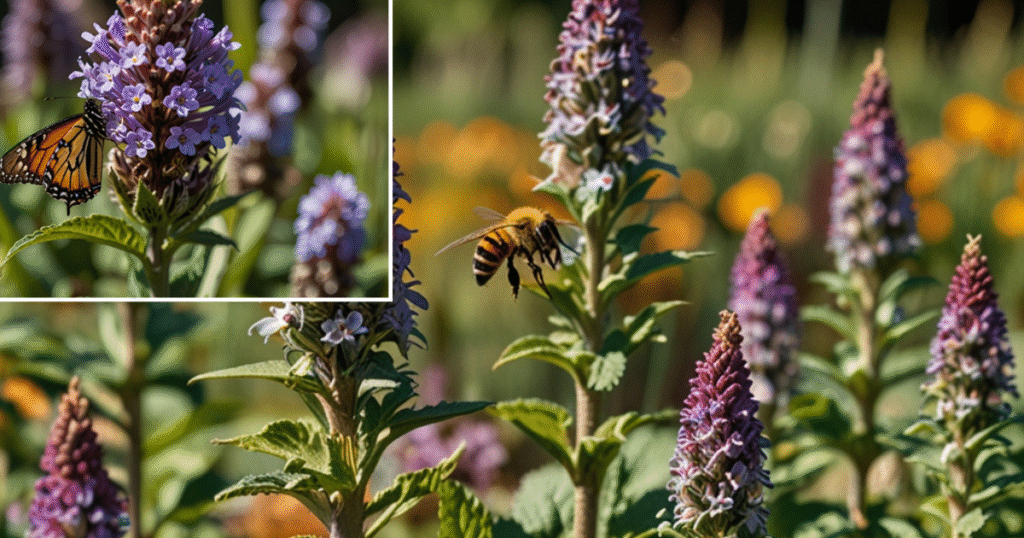
Pollinator-friendly gardening ideas work best when planned across seasons. Rotating your blooms ensures pollinators always have something to eat.
Start with early bloomers like crocus and snowdrops, then move to summer flowers like echinacea, and finish with fall staples like sedum.
This layered planting supports migrating species and prevents gaps in food supply.
Keep a journal or use garden planning apps to track bloom times and plant care throughout the year.
Pollinator-Friendly Gardening Ideas with Stylish Habitat Decor
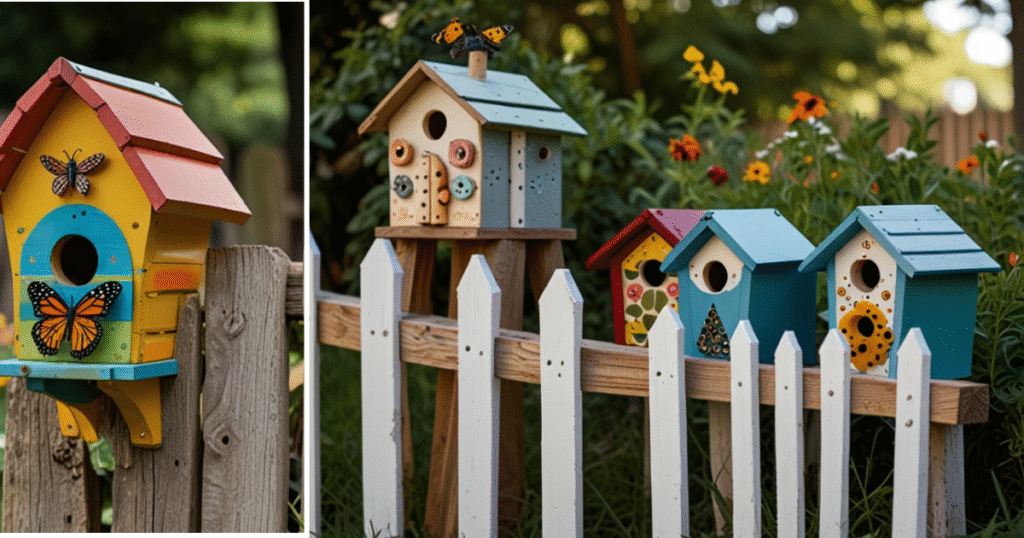
Combining garden decor with pollinator function is both beautiful and practical. Birdhouses, butterfly shelters, and bee nesting blocks are fantastic choices.
Use painted wood, metal, or ceramic homes explicitly designed for beneficial insects. Mount them on fences or tree trunks.
These additions give pollinators safe nesting or resting spots, especially in urban or suburban environments.
Plus, they double as conversation pieces that spark curiosity in guests and children.
Frequently Asked Questions
How do I attract pollinators without using chemicals?
Stick to native plants, avoid pesticides, and enrich your soil with compost. Natural gardening methods are best for pollinator health.
Can I create a pollinator garden in containers?
Yes! In small spaces like balconies or decks, use flowering herbs, annuals, and vertical structures to attract pollinators.
What time of year is best for planting for pollinators?
Spring and early fall are ideal. Choose plants with staggered bloom times for ongoing pollinator support.
Which pollinators are most beneficial to gardens?
Bees, butterflies, hummingbirds, and certain beetles are all excellent for pollination. Each one helps your garden thrive.


